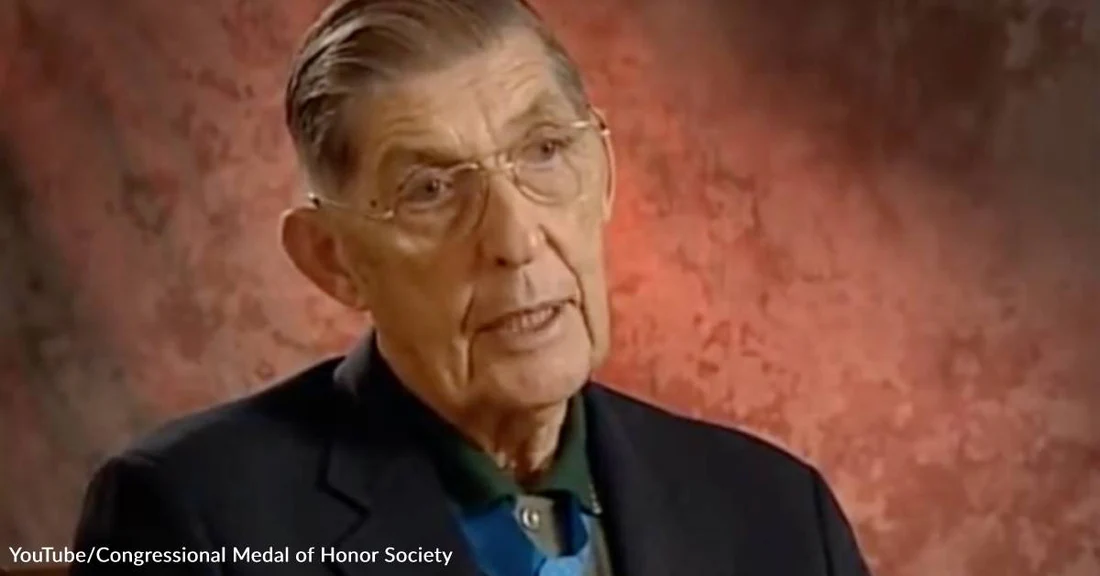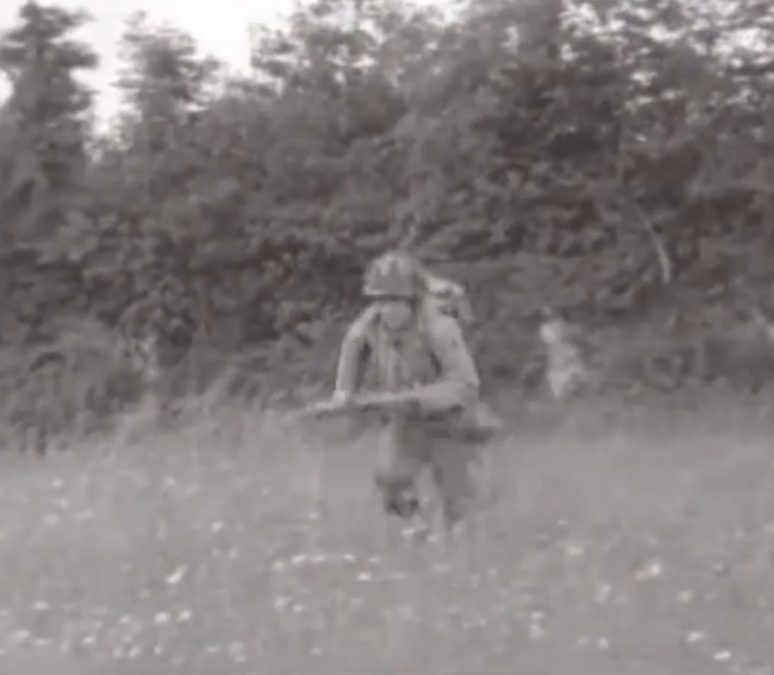No Mission Too Difficult... A WWII Medal of Honor Story
Dan Doyle
In the past, long before modern media and social media existed, when books were the source of all knowledge, heroes were often seen as mythic characters, great warriors, and sometimes even as demigods, like Achilles, the legendary warrior of Homer's epic poem, The Iliad. In the pre-history of the English-speaking world, there was the mighty Viking warrior Beowulf who battled against the giant monster Grendel, single-handedly and unarmed, then fought against Grendel's mother, and, finally, in his old age, slayed the dragon that was threatening his kingdom. Or there were the later medieval moral heroes like Sir Gawain, of Sir Gawain and the Green Knight fame. Later heroes were more human in dimension, often flawed, but would overcome those flaws to finally defeat the threats before them. In every case, though, the universal story being told was that of good versus evil and, ultimately, the triumph of the good.
Those fictional stories were told to give the listener, or the reader, ways of recognizing and confronting the difficulties and dangers of the universal struggle between good and evil that is common to all of humankind throughout history. They taught that, though evil seems at times to be overwhelming, it is, in the end, defeated by those who have the courage to stand up to it and confront it.
 Photo: YouTube/Congressional Medal of Honor Society
Photo: YouTube/Congressional Medal of Honor SocietyWhat you will see here are the hero tales of old being brought down to the level of the common man. This story is a real-life 20th-century hero story. It takes place amid WWII and is just one of many such stories that were enacted by men of no great stature in society, unknown to all but those nearest to them, both at home and in their various units all across the globe during that war. It is the story of the actions taken by one man, against great odds, who met the enemy and won. His name is Van T. Barfoot.
Barfoot was born on a farm in Edinburg, Mississippi, where he grew up working the land, raising cotton and corn and doing the daily chores common to a small farm. It was a simple life of self-sufficiency, anonymous to most of the world, but richly important to his family and to the lives of his farming neighbors. He joined the U.S. Army in 1940, before the U.S. had entered into the war in either Europe or the Pacific. He may not have been aware of the growing threat of war and may have joined the Army, like so many others, for the regular pay, or just to get "off the farm." He doesn't tell us the reason here in this video, and the reasons became unimportant when the war finally came to us in 1941.
 Photo: YouTube/Congressional Medal of Honor Society
Photo: YouTube/Congressional Medal of Honor SocietyHis first unit after boot camp was the 1st Infantry Division, "The Big Red One." He tells here how he remembers to this day the motto of the 1st Infantry Division, "No mission too difficult. No sacrifice too great. Duty first." It clearly made an impression on him, because he says, "I believe I felt that." He understood the intent and the implications of the motto clearly and took them to heart. He would later be transferred to the 157th Infantry and would participate in many of the amphibious landings in Sicily and the Italian peninsula with them.
In May of 1944, he was with his unit near the town of Carano, Italy. They were up against massive German numbers and were mostly holding defensive positions for about three weeks before they got the orders to move forward. During that time, Barfoot, who was one quarter Choctaw Indian, was sent on small patrols into enemy-held territory and, in doing so, learned where their forces were concentrated and, more importantly, where the German minefields were.
 Photo: YouTube/Congressional Medal of Honor Society
Photo: YouTube/Congressional Medal of Honor SocietyBecause of his patrols into the German areas of control, he also noticed that they covered the minefields with heavy machine gun nests. When his unit was ordered to attack, they ran into very stiff and determined German forces. Barfield asked his commander to let him take a few men to the left flank of the Germans, telling the commander that he had patrolled that area and knew it.
He went out to the left then until they came across the first machine gun nest and took out that gun. Then he proceeded down a nearby trench until he came up against a second machine gun nest and took it out and captured some of the German soldiers associated with it. He moved on to a third machine gun nest, killing two of the Germans while the rest of the German defenders surrendered. He had not only gotten rid of the three machine gun nests, but he had captured 17 German soldiers to boot.
 Photo: YouTube/Congressional Medal of Honor Society
Photo: YouTube/Congressional Medal of Honor SocietyLater on, he saw three German tanks that were being brought up against his advancing unit. He was with three men, and one had with him a bazooka. He told the men to move back into a ditch while he went forward to a position where he might be able to get a shot at one of the tanks with the bazooka. He knew that the best he could do with the bazooka was to slow one of the tanks down. He fired on the first tank, hitting one of its tracks. The tank started to turn, then stopped, and its crew started bailing out. The other tanks retreated. In doing this, he had effectively halted the German counter-attack on his unit's position.
Though Barfoot was now exhausted by the events of that day, he still found the strenght and determination to help two of his wounded comrades get across 1,700 yards to safer ground.
Days later, he would be told at Regimental Headquarters that he had been awarded the Medal of Honor for his actions against the heavy and determined German opposition forces. He says, "It came as a surprise to me. I feel personally that I was doing my job...A leader is supposed to protect, lead, and sacrifice himself, if necessary. I can't imagine fighting for a leader who wouldn't do that."
 Photo: YouTube/Congressional Medal of Honor Society
Photo: YouTube/Congressional Medal of Honor SocietyVan T. Barfoot, a farm boy from deep, rural Mississippi, was indeed a leader. As you will see here in this Medal of Honor video, he, like all of the other living Medal of Honor recipients, is a humble man. But he is a philosopher too. He understood the meaning of leadership and has explained it here as simply and plainly as can be.
Van T. Barfoot, became famous again in 2009 when he won a fight with his Sussex Square subdivision HOA to be allowed to fly the United States flag in his front yard in Henrico County, Virginia. Barfoot passed on March 2, 2012, at the age of 92.
We honor Van T. Barfoot and thank him for the remarkable service he gave to the nation during WWII and as a Medal of Honor recipient. Rest in Peace, good soldier.

Dan Doyle is a husband, father, grandfather, Vietnam veteran, and retired professor of Humanities at Seattle University. He taught 13 years at the high school level and 22 years at the university level. He spends his time now babysitting his granddaughter. He is a poet and a blogger as well. Dan holds an AA degree in English Literature, a BA in Comparative Literature, and an MA in Theology, and writes regularly for The Veterans Site Blog.
